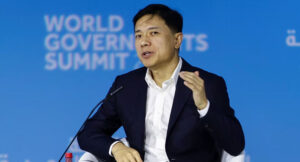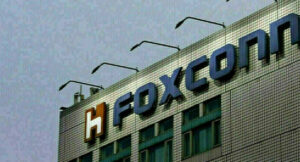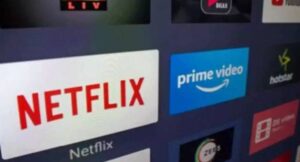India’s smartphone market grew 4% year-over-year (YoY), with shipments reaching 151 million, according to IDC.
India became the fourth largest market for Apple in 2024, after USA, China, and Japan, as shipments reached a record 12 million units in the country, with 35% YoY growth. In 4Q24, Apple entered the Top 5 brands in India for the first time with a 10% share. iPhone 15 and iPhone 13 were the highest shipped models, accounting for 6% of overall shipments during the quarter.
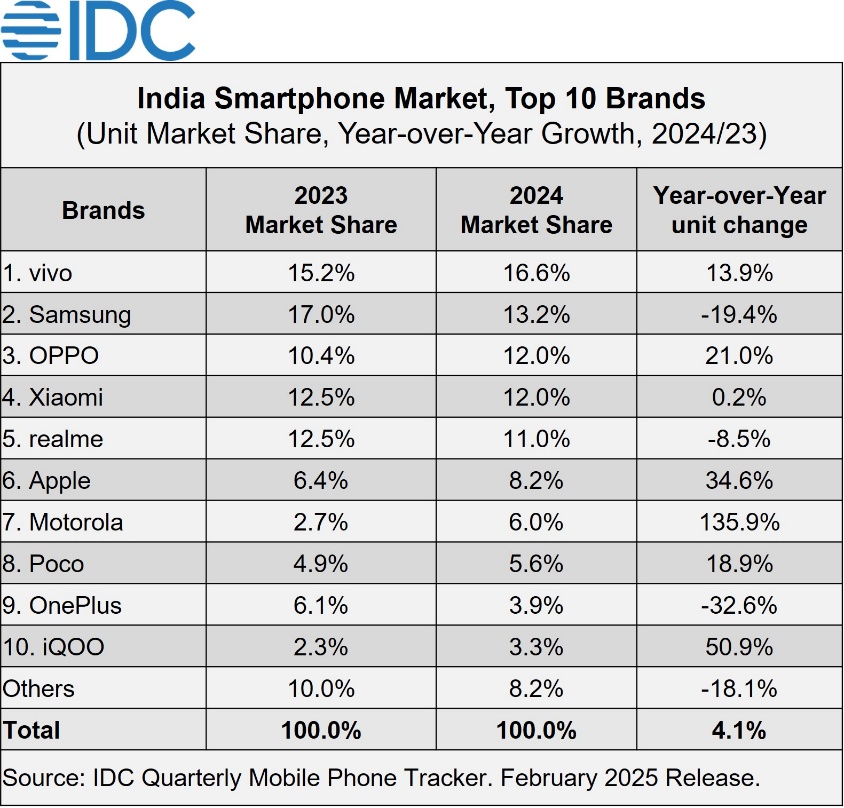
“The vendors and channel partners continued to provide price cuts, discounts, and extended device warranties in the post-festive period in 4Q24. While financing options were available across price segments, its impact was more pronounced in mid-range and premium devices throughout the year, with the ‘No Cost EMIs’ for up to 24 months being most popular,” said Upasana Joshi, senior research manager, Devices Research, IDC Asia Pacific.
Key Highlights for 2024:
While the ASPs (average selling price) reached a new high of US$259 in 2024, the 2% YoY growth was significantly lower than the double-digit growth seen the previous three years. The entry-premium (US$200<US$400) segment registered the highest growth of 35.3% YoY, with a 28% share, up from 21% a year ago. The premium segment (US$600<US$800) grew 34.9%, with its share up to 4% from 3%. Key models were the iPhone 15/13/14, and Galaxy S23/S24. Apple and Samsung’s share increased in this segment, led by the previous generation models.
120 million 5G smartphones were shipped in the year. The share of 5G smartphone shipments increased to 79%, up from 55% in 2023, while 5G smartphone ASPs declined by 19% YoY to US$303. Within 5G, shipments of the mass budget (US$100<US$200) segment almost doubled, reaching 47% share. Xiaomi Redmi 13C, Apple iPhone 15, vivo Y28, Apple iPhone 13, and vivo T3X were the most shipped 5G models in 2024.
Shipments to offline and online channels grew almost at par by 4% YoY, and shares remained similar at 51% and 49%, respectively, in 2024. Samsung continued to lead in the online channel, while Apple climbed to the fourth position, with iPhone 15 as the highest shipped smartphone online. Within the offline channel, vivo maintained its dominance, while OPPO and Xiaomi climbed to the second and third spots, respectively.
Overall, vivo surpassed Samsung for the leadership position in 2024, with its consistent omnichannel play, diversified portfolio across price segments and channel support. Nothing registered the highest growth overall, followed by Motorola and iQOO annually. The long tail of brands collectively gained ground in 2024, as the share of the top five vendors depleted from 76%, 68%, and 65% in 2022, 2023, and 2024 respectively.
54 million feature phones were shipped annually, declining by 11% YoY. Transsion continued to lead with a 30% share, followed by Nokia and Lava. Overall, 205 million mobile phones were shipped, registering a 1% annual drop.
“With a low single-digit growth in 2024, growth in 2025 hinges on a stronger performance in the mass segment (US$100<US$200) and more offerings in the entry-premium segment (US$200<US$400) for upgraders,” says Navkendar Singh, associate vice president, Devices Research, IDC India. “Generative AI features and use cases will start being key differentiators, moving beyond flagship models and becoming more prevalent across different price points. Online-focused long-tail brands will venture offline to sustain growth. However, the weakening rupee could impact ASPs, potentially restricting annual growth to below 5% in 2025.”
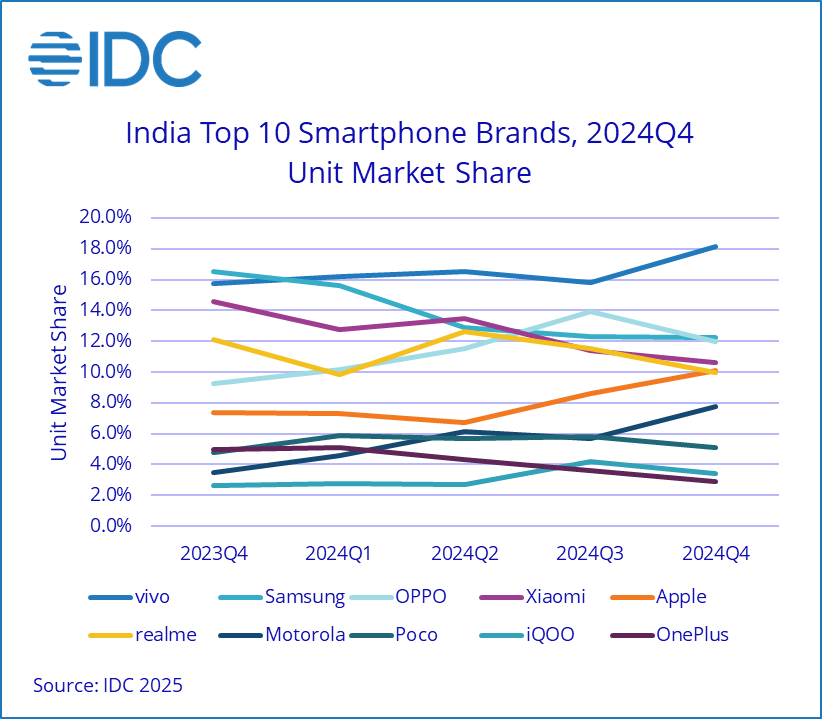
IDC






